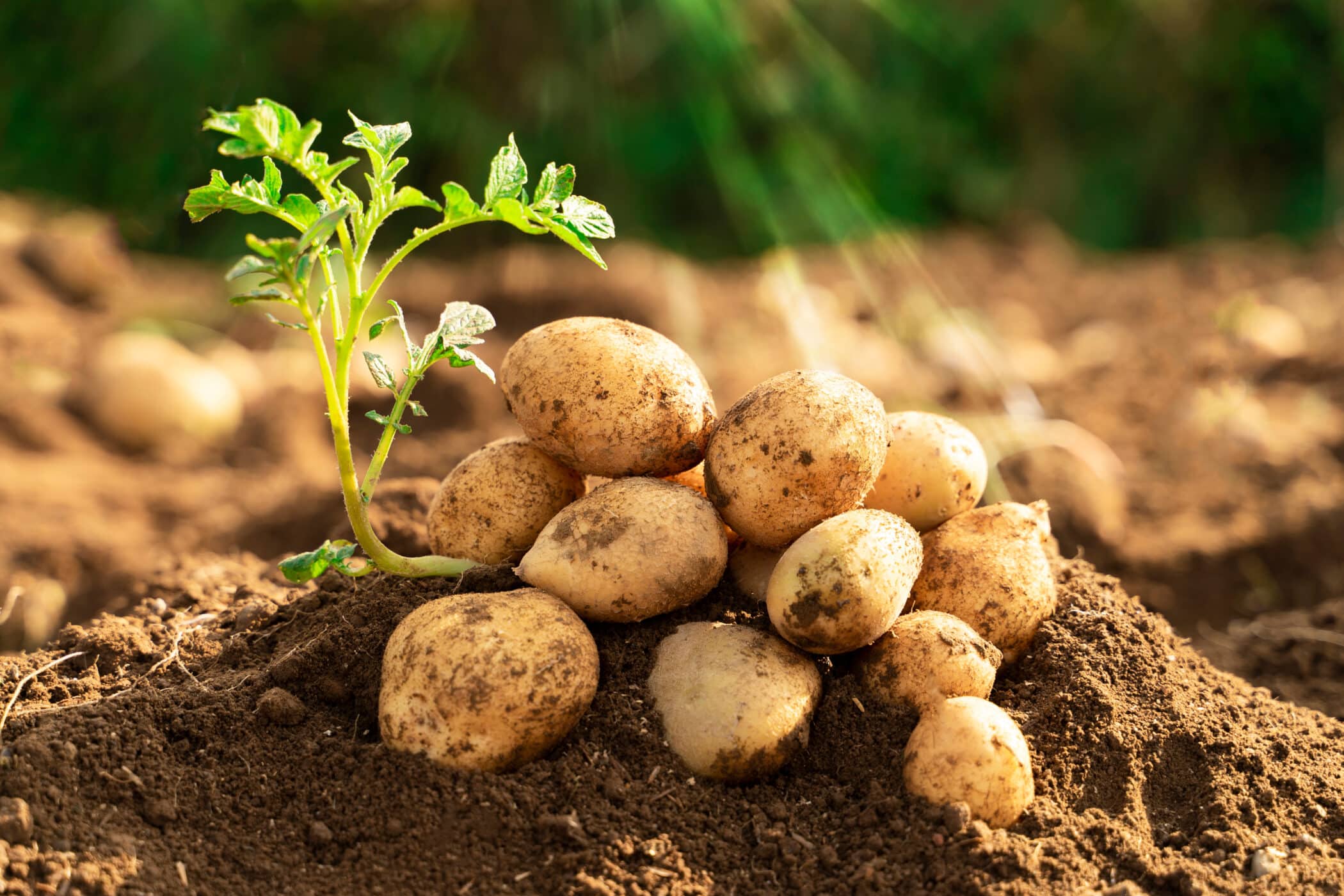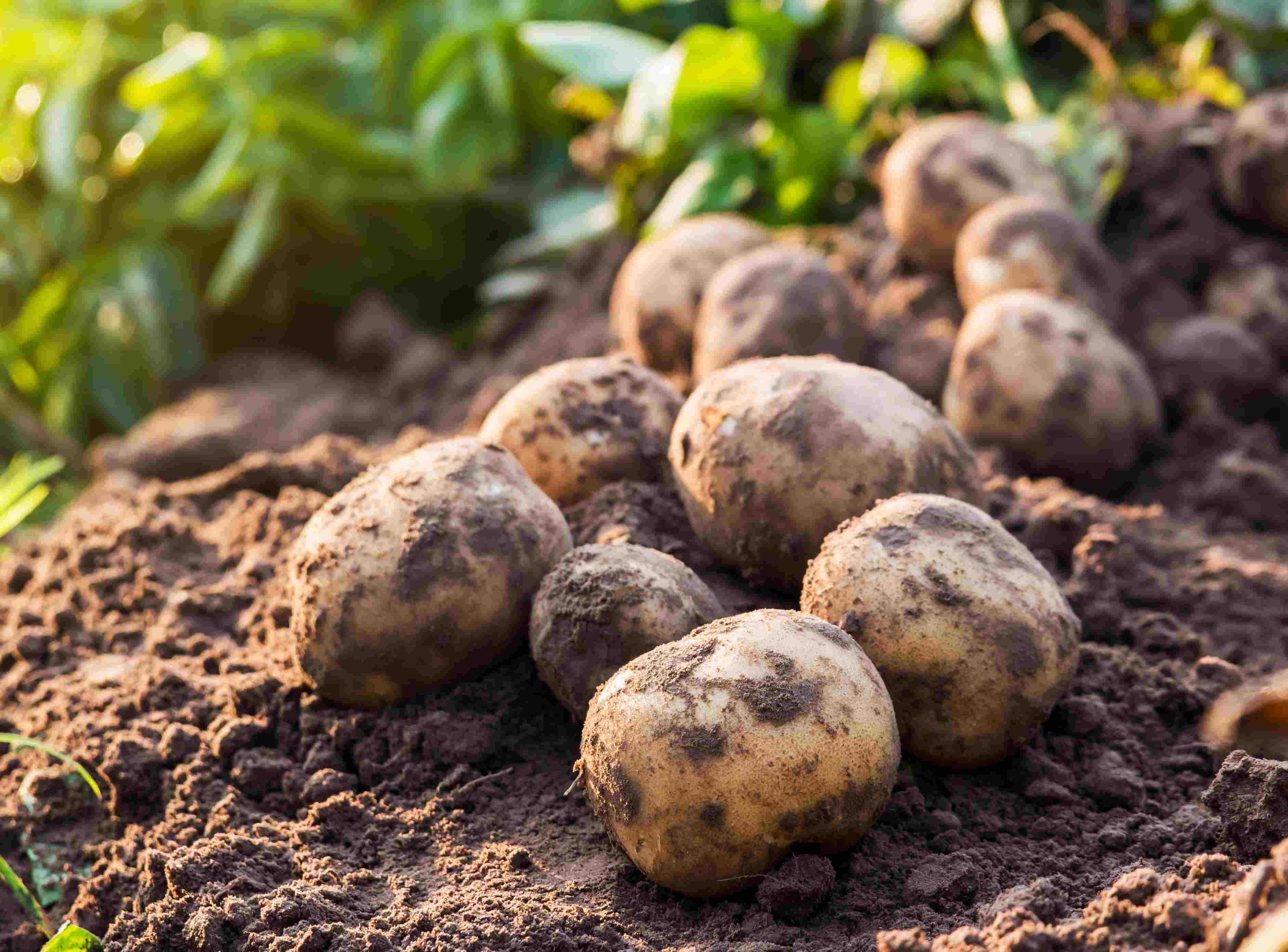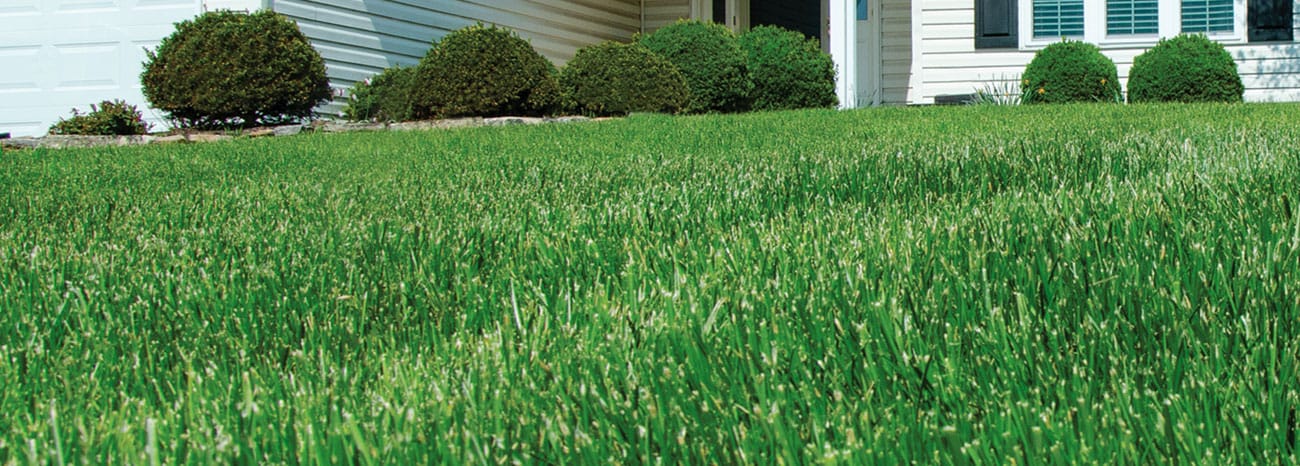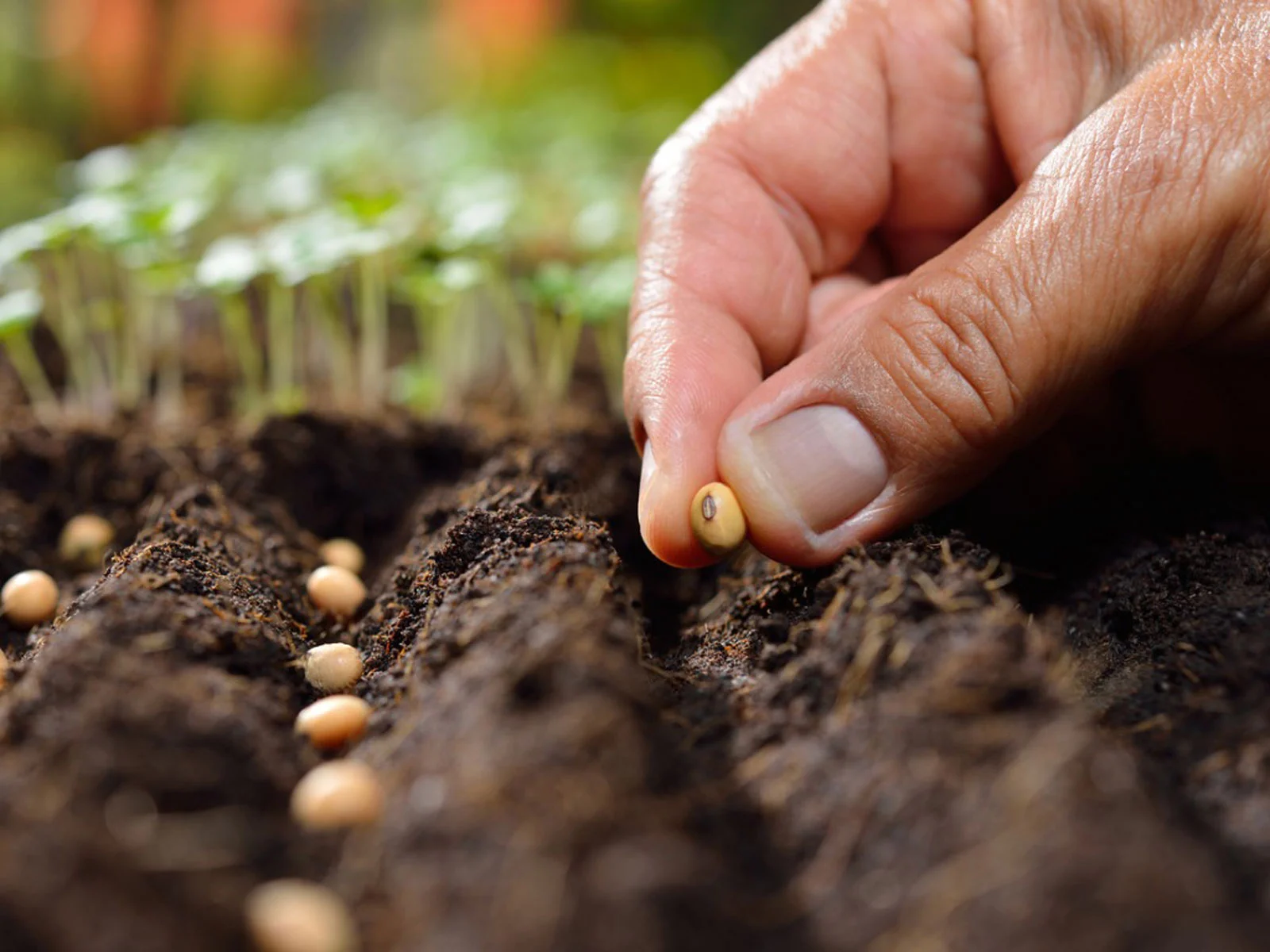Home>Types of Gardening>Edible Gardening>Do You Plant Potatoes With The Eyes Up Or Down?


Edible Gardening
Do You Plant Potatoes With The Eyes Up Or Down?
Published: September 6, 2023
Planting potatoes? Learn whether to plant the eyes up or down for a successful edible gardening experience.
(Many of the links in this article redirect to a specific reviewed product. Your purchase of these products through affiliate links helps to generate commission for Chicagolandgardening.com, at no extra cost. Learn more)
Table of Contents
Introduction
Welcome to the world of edible gardening! There’s nothing quite as satisfying as growing your own food, and one of the most popular crops for home gardeners is potatoes. Whether you have a small backyard or a spacious garden, potatoes are versatile, nutritious, and relatively easy to grow. But when it comes to planting potatoes, there is a debate that has been ongoing for years: should you plant the eyes up or down?
Before we delve into this hot topic, let’s clarify what exactly we mean by “potato eyes.” Potatoes have small indentations known as eyes, which are growth points where new shoots will emerge. These eyes are typically found on the skin of a mature potato tuber. When planting potatoes, you have the option of positioning the potato with the eyes facing upward or downward.
The planting technique you choose can affect the growth and yield of your potato plants. Some people swear by planting the eyes up, while others insist that the eyes should be planted facing down. In this article, we will explore the advantages of both methods and consider the factors to keep in mind when making your decision.
So, if you’re ready to dig deeper into the fascinating world of potato planting, let’s get started!
What are potato eyes?
Before we dive into the debate of planting potato eyes up or down, let’s take a closer look at what exactly these potato eyes are. Potato eyes are small, dormant buds found on the surface of a mature potato tuber. These eyes are the starting point for new growth, as they contain the genetic material necessary to produce sprouts and eventually develop into potato plants.
When potatoes are left in the proper conditions, the eyes will begin to sprout, sending out shoots that will grow into lush green foliage. These shoots will eventually develop into flowering plants that produce the delicious tubers we know and love.
Potato eyes come in different shapes and sizes, with some being more prominent and noticeable than others. In general, a potato tuber will have multiple eyes, usually located on the larger end of the tuber. These eyes can appear as small indents or slight bumps on the potato’s skin. Each eye has the potential to grow into a new potato plant and produce a crop of its own.
It’s important to note that not all potato eyes are created equal. Some eyes may be more robust and viable than others, while some may be less developed or damaged. When selecting seed potatoes for planting, it’s best to choose tubers with firm, healthy eyes that are free of any signs of disease or rot.
Now that we have a clear understanding of what potato eyes are and their role in the plant’s growth, let’s explore the debate surrounding planting them up or down.
The debate: planting eyes up or down
The question of whether to plant potato eyes up or down has been a subject of debate among gardeners for generations. Both methods have their proponents, each claiming success with their preferred technique. Let’s take a closer look at the arguments for planting eyes up and planting eyes down.
Planting eyes up:
Those in favor of planting potato eyes up argue that it allows for easier sprout emergence. When the eyes are facing upward, they have a clearer path to break through the soil’s surface and grow towards the sunlight. This can lead to faster and more vigorous sprout development.
Furthermore, planting eyes up can help prevent moisture-related issues. By placing the eyes above ground, they are less likely to come into direct contact with damp soil, reducing the risk of rot or fungal diseases.
Planting eyes down:
On the other hand, proponents of planting potato eyes down believe it encourages stronger root development. With the eyes facing downward, the emerging sprouts have to work harder to push through the soil. This process stimulates root growth as the sprouts search for nutrients and anchorage, resulting in a more robust root system.
Planting eyes down also helps protect the tender sprouts from potential damage caused by sunlight exposure. If the emerging sprouts are exposed to sunlight, they can turn green and produce solanine, a toxic compound. Planting eyes down ensures that the developing sprouts are shielded from sunlight until they reach the soil’s surface.
While the debate between planting eyes up or down continues, it’s worth noting that some gardeners employ a combination of both methods. They may place the potatoes with the eyes facing up in order to promote initial sprout growth and then gently cover them with soil, allowing the roots to establish by planting them deeper. This approach combines the benefits of both techniques.
As with many gardening debates, the decision of whether to plant potato eyes up or down ultimately comes down to personal preference and experience. It’s essential to consider your specific growing conditions, the health of your seed potatoes, and the desired outcome when making your decision.
Now that we’ve examined the arguments for both planting eyes up and down, let’s dive deeper into the advantages of each approach.
Advantages of planting eyes up
Planting potato eyes up comes with several advantages that can contribute to the success of your potato crop. Here are some key benefits of this planting method:
1. Easier sprout emergence: When the eyes are planted facing upward, the emerging sprouts have a clearer path to break through the soil’s surface. This can result in quicker sprout emergence and more efficient growth. The sprouts can push through the soil with less obstruction, allowing them to reach sunlight and begin photosynthesis sooner.
2. Reduced risk of rot: By positioning the eyes above ground, you limit their contact with moist soil. This reduces the risk of rot or fungal diseases that can occur if the eyes are in direct contact with damp conditions. By minimizing the potential for rot, you increase the chances of a healthy sprout development and overall plant vitality.
3. Enhanced aeration: Planting the eyes up can contribute to better soil aeration. As the sprouts emerge and grow upward, they create small air channels in the soil. These channels allow for improved oxygen flow to the developing root system. Adequate oxygen supply is essential for healthy root development and nutrient uptake.
4. Easier hilling: Hilling, which involves piling soil around the growing plants to encourage more tuber development, is a common practice in potato cultivation. When the eyes are planted facing up, it’s easier to identify the emerging sprouts and apply additional soil to cover them partially. This hilling process provides necessary support and protects the developing tubers.
5. Optimal sunlight exposure: Planting eyes up ensures that the emerging sprouts receive the maximum sunlight exposure needed for photosynthesis. Sunlight is crucial for providing energy to the growing plants, enabling them to produce carbohydrates and support healthy foliage and tuber development. By optimizing sunlight exposure, you can promote vigorous plant growth and ultimately increase your potato yield.
While planting potato eyes up offers these advantages, it’s important to note that proper soil preparation, watering, and regular maintenance are necessary to maximize the potential benefits. Being mindful of these considerations will help ensure the success of your potato crop.
Now that we’ve explored the advantages of planting eyes up, let’s move on to the advantages of planting eyes down to provide you with a well-rounded perspective.
Advantages of planting eyes down
Planting potato eyes down has its own set of advantages that can contribute to the success of your potato crop. Here are some key benefits of this planting method:
1. Stronger root development: When the eyes are planted facing downward, the emerging sprouts have to work harder to push through the soil. This process stimulates root growth as the sprouts search for nutrients and anchorage. The resulting root system is more extensive and robust, allowing the plants to access a greater amount of water and nutrients in the soil.
2. Protection from sunlight exposure: Planting eyes down helps shield the tender sprouts from direct sunlight exposure. When the emerging sprouts are exposed to sunlight, they can turn green and produce solanine, a toxic compound. By planting the eyes facing downward, you ensure that the developing sprouts remain protected until they reach the soil’s surface.
3. Improved pest and disease resistance: By positioning the eyes down, you reduce the likelihood of pests and diseases attacking the vulnerable sprouts. Some pests, such as cutworms and wireworms, are more likely to target exposed sprouts. Placing the eyes downward can make it more challenging for these pests to access and damage the emerging shoots. Additionally, burying the eyes in the soil can help create a barrier against certain soil-borne diseases.
4. Greater soil coverage: Planting eyes down ensures that the emerging sprouts are covered with soil, providing better insulation and protection. This can help maintain more consistent soil moisture levels and protect against fluctuating temperatures. The soil coverage also aids in preventing dehydration and provides a stable environment for healthy growth.
5. Increased yield potential: The combination of stronger root development and enhanced protection can lead to increased yield potential. With a more extensive root system, the plants can effectively absorb water and nutrients, resulting in healthier foliage and higher tuber production. The protection from sunlight and pests can also contribute to the overall health and vigor of the plants, ultimately improving the quantity and quality of the harvested potatoes.
While planting potato eyes down offers these advantages, it’s important to note that proper soil preparation, watering, and regular maintenance are still necessary for optimal results. Additionally, be mindful of burying the eyes too deeply, as excessively deep planting can hinder sprout emergence and growth.
Now that we’ve explored the benefits of planting eyes down, let’s move on to the considerations you should keep in mind when deciding whether to plant eyes up or down.
Considerations for planting eyes up or down
When deciding whether to plant potato eyes up or down, there are several factors to consider. These considerations will help you make an informed decision based on your specific growing conditions and goals. Here are some important points to keep in mind:
1. Growing conditions: Assess the environmental conditions in your garden, such as sunlight exposure, soil moisture levels, and drainage. If you have a sunny and dry garden, planting eyes up may be beneficial as it allows for easier sprout emergence and minimizes the risk of rot. Conversely, in a garden with higher moisture levels, planting eyes down can help protect the emerging sprouts from excessive moisture and potential rot.
2. Seed potato quality: The quality of your seed potatoes is crucial for successful potato growth. Select seed potatoes with firm, healthy eyes that are free from any signs of disease or rot. Regardless of whether you choose to plant eyes up or down, healthy seed potatoes will increase the chances of vigorous sprout development and overall plant success.
3. Desired root development: Consider the importance of root development in your potato crops. If you want to focus on strengthening the root system for improved nutrient uptake and plant stability, planting eyes down may be the preferred method. However, if you prioritize faster sprout emergence and efficient growth, planting eyes up can provide an advantage.
4. Pest and disease management: Take into account the prevalent pests and diseases in your area. Planting eyes down may offer better protection against above-ground pests, as the emerging sprouts are less exposed. Conversely, planting eyes up may reduce the risk of soil-borne diseases that can occur when the eyes come into direct contact with damp soil.
5. Combination approach: Consider utilizing a combination of both planting methods. You can start by planting the eyes up to promote faster sprout emergence and then gently cover the emerging sprouts with soil, allowing for deeper planting and enhanced root development. This approach combines the benefits of both methods and may be suitable for enhancing overall plant growth and yield.
Ultimately, the decision of whether to plant potato eyes up or down depends on your specific circumstances and preferences. It’s important to experiment and observe the results in your own garden to determine the approach that works best for you.
Now that we’ve discussed the considerations for planting eyes up or down, let’s wrap up our exploration of this topic.
Conclusion
When it comes to planting potato eyes, the debate of whether to plant them up or down has been the subject of much discussion among gardeners. Both methods have their advantages, and the decision ultimately depends on your specific growing conditions and goals.
Planting eyes up can lead to easier sprout emergence, reduced risk of rot, enhanced aeration, and easier hilling. It’s a favorable option for those who prioritize faster sprout growth and efficient plant development. On the other hand, planting eyes down can promote stronger root development, protect against sunlight exposure, improve pest and disease resistance, and increase overall yield potential.
Considerations such as your garden’s growing conditions, seed potato quality, desired root development, and pest and disease management are important factors to take into account when making a decision. You may even choose to utilize a combination approach, starting with planting eyes up and then covering the emerging sprouts with soil to promote deeper planting and enhanced root development.
Remember, there is no one-size-fits-all answer to the question of planting potato eyes up or down. It’s a matter of personal preference and experimentation. Be sure to observe and adapt your techniques based on the results you see in your own garden.
Now that you are armed with the knowledge of the advantages and considerations surrounding planting eyes up or down, you can make an informed decision that suits your gardening style and goals. Happy planting, and may your potato crop be bountiful and delicious!










